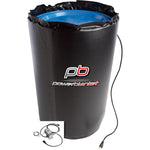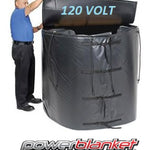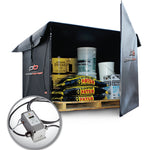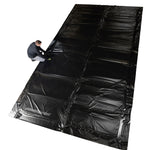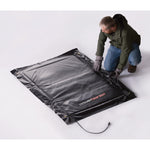You have no items in your shopping cart.
How to Weld in Cold Weather: Tips and Tricks Article At-a-Glance How Can You Successfully Weld in Cold Weather?To successfully weld in cold weather, preheat the base metal, use low-hydrogen electrodes, and ensure your equipment is designed for low temperatures to prevent issues like rapid cooling, cracking, and inadequate penetration....
Article At-a-Glance What Are the Key Differences Between Intrinsically Safe and Explosion-Proof Equipment? Intrinsically safe equipment prevents ignition by limiting electrical and thermal energy to non-ignitable levels, making it ideal for high-risk environments, while explosion-proof equipment contains potential explosions within robust enclosures, suitable for areas with occasional flammable gas or...
Asphalt Longevity: How Temperature Control Optimizes Sealcoating Article At-a-Glance What Is the Best Temperature to Seal a Driveway?The ideal temperature range for sealing a driveway is between 70°F and 85°F (21°C and 29°C), as this ensures optimal curing and adhesion, while temperatures below 50°F (10°C) should be avoided to prevent...





